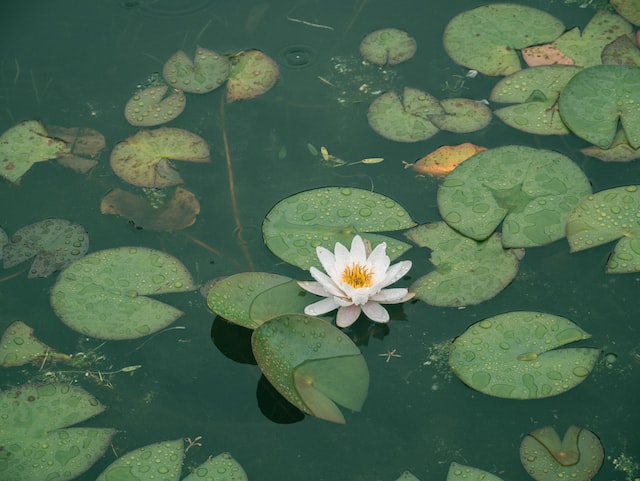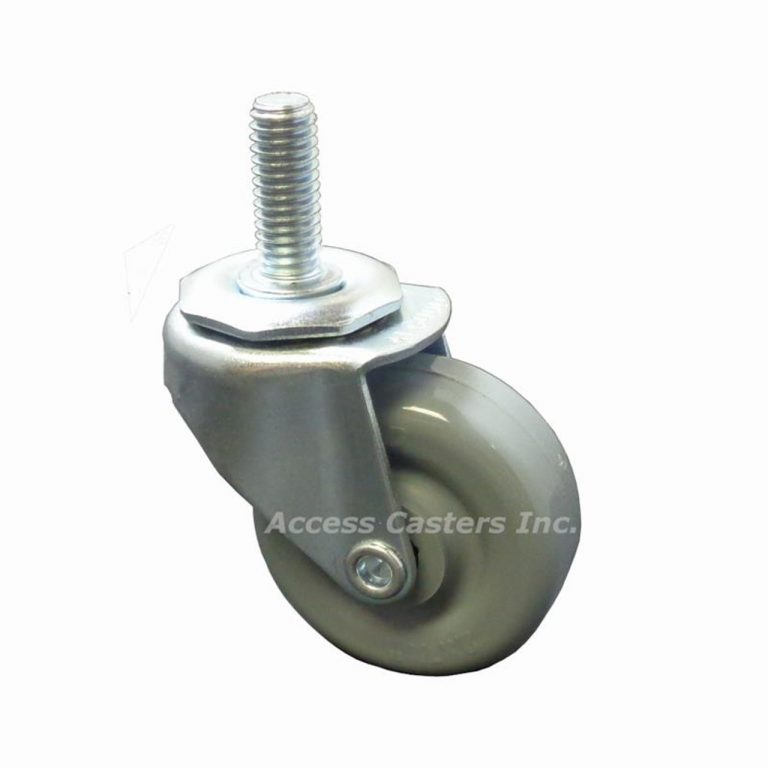
How Do Pond Enzymes Work?
You may have heard about bio-dredging, a popular method of adding beneficial bacteria to ponds. But how do pond enzymes work? And how can you tell if they’re suitable for your pond? Here’s an explanation. These little creatures work by causing bacteria to collide with the food source. When they do this, an enzyme punctures the outer shell wall of the source and liquefies it for the bacteria to absorb. This process occurs twice as fast as it would be without pond enzymes. Enzymes also stay in the pond after their job is done, so you don’t have to worry about replenishing them.
Effects of pond enzymes
Pond owners often hear about pond bacteria and enzyme treatment, but how do they differ? And what can you do to encourage the growth of these microorganisms? First, determine the bacterial alpha diversity in the sediment. Next, we calculated the differences between GC and CMC ponds using Student’s t-tests or the Mann-Whitney rank-sum test. Next, we computed the correlations between alpha diversity and sediment biochemical variables, such as enzyme activity. After that, sediment samples were stored in liquid nitrogen.
Secondly, increase the number of beneficial bacteria. These bacteria naturally colonize most ponds. However, their numbers sometimes drop, or the environment is unsuitable for their optimal growth. Adding beneficial bacteria to the pond can maintain the water’s clarity and reduce harmful substance build-up. It is impossible to overdose on beneficial bacteria, but the more you add, the healthier and clearer your pond water will be.
Bio-dredging
The process of Bio-dredging, which is also known as probiotic dredging, is used to help lagoons and ponds reduce sludge volume. The process is known as bio-dredging and consists of supplementing bacteria with enzymes that break down specific compounds, like cellulose, found in sticks and leaves—the resulting decomposition of sludge and water results in a cleaner pond.
The process of biological dredging utilizes bacteria cultured by biochemists and added to aquatic systems. These bacteria can speed up the decomposition process and remove excess nutrients. The process requires an initial high-dose inoculation of bacteria, followed by maintenance doses. Some bacteria break down organic matter in sediments while others remain in the water column.
In addition to dredging, these bacteria also help to remove muck from ponds. The bacteria will eat through the mud in the water and release beneficial bio-stimulants into the pond. Those beneficial bacteria will work to restore the pond’s fragile ecological balance. So if you’ve neglected your pond, investing in a probiotic pond treatment may be time.
Beneficial pond bacteria
You may be wondering how beneficial pond bacteria work. These bacteria convert nutrients such as phosphorus into insoluble minerals algae cannot use. They also tie up nitrogen and phosphorus in their cells and remove these nutrients from the food web and algae. So you have an excellent bacteria population when you see your pond water clear of algae. You can use a test kit to monitor the bacteria in your water.
Adding more beneficial pond bacteria will boost bacterial numbers in your filtration system. This will reduce overall maintenance and cleaning, as more bacteria will break down organic matter. In addition, beneficial bacteria will eliminate noxious odors and green water and keep your fish healthy. When used properly, these bacteria produce clear, odorless water and help your pond stay cleaner. By using various products and correctly maintaining your pond, you can dramatically improve the health and clarity of your water.
Anaerobic bacteria
There are two types of bacteria in a pond: anaerobic and aerobic. Anaerobic bacteria live in areas that lack oxygen. They consume organic matter and release a foul-smelling gas. In self-contained ponds with limited aeration, you will notice more anaerobic bacteria in the bottom layers.
Among these bacteria are sulfate reducers. These bacteria live on the decaying sediment at the bottom of the pond and use sulfate as an electron acceptor. These bacteria break down toxic pollutants and corrode metals. Therefore, anaerobic bacteria are an essential part of a pond ecosystem. These bacteria are an integral part of any pond. The more of them you have, the healthier your pond will be.
In contrast, anaerobic bacteria are not dangerous to fish. Instead, they can help restore pH balance and kill pathogens in ponds. They can also be beneficial to humans. Anaerobic bacteria produce organic matter in water, but their contributions are small compared to the amounts paid by aquatic plants and phytoplankton. Thus, you should not be alarmed if you notice a few anaerobic bacteria at the bottom of your pond.


